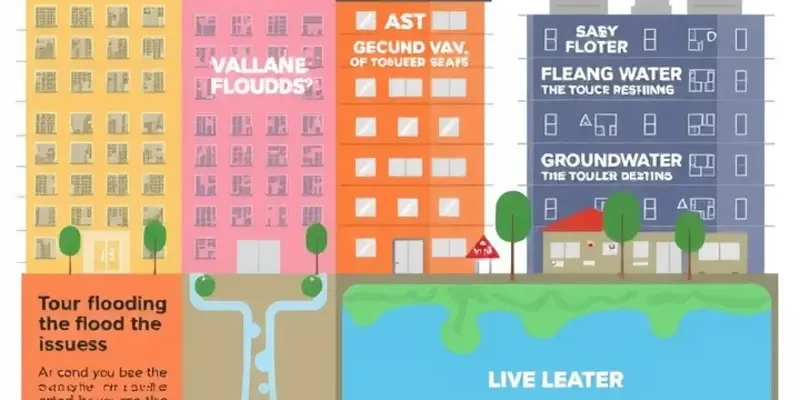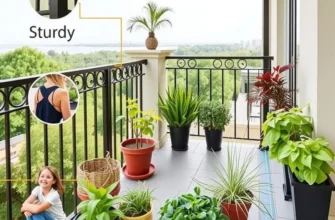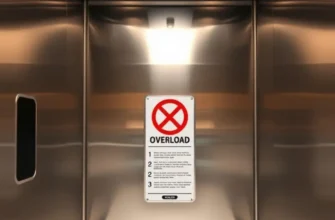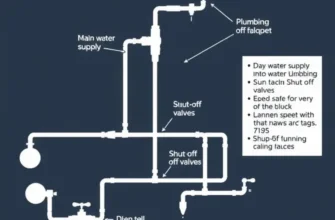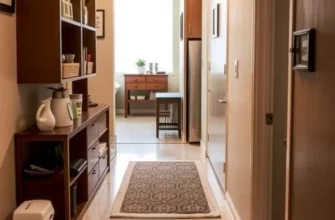Flooding can be a significant concern for apartment dwellers, particularly in areas susceptible to heavy rainfall or rising waters. For renters, the idea of dealing with a flood can evoke feelings of anxiety, as it not only threatens personal belongings but also the very structure they call home. As leaseholders, taking preventive measures can alleviate some of these worries without adding undue burden. With a focus on safety, security, and ease of implementation, this guide provides actionable strategies and uncomplicated maintenance solutions for flood prevention in your apartment. Whether you’re a long-term resident or a new arrival, ensuring your living space remains dry and secure is paramount. From practical tips for your current living situation to understanding your rights and responsibilities as a renter, we’ll explore how to proactively safeguard against potential flooding emergencies.
Understanding Flood Risks in Apartments
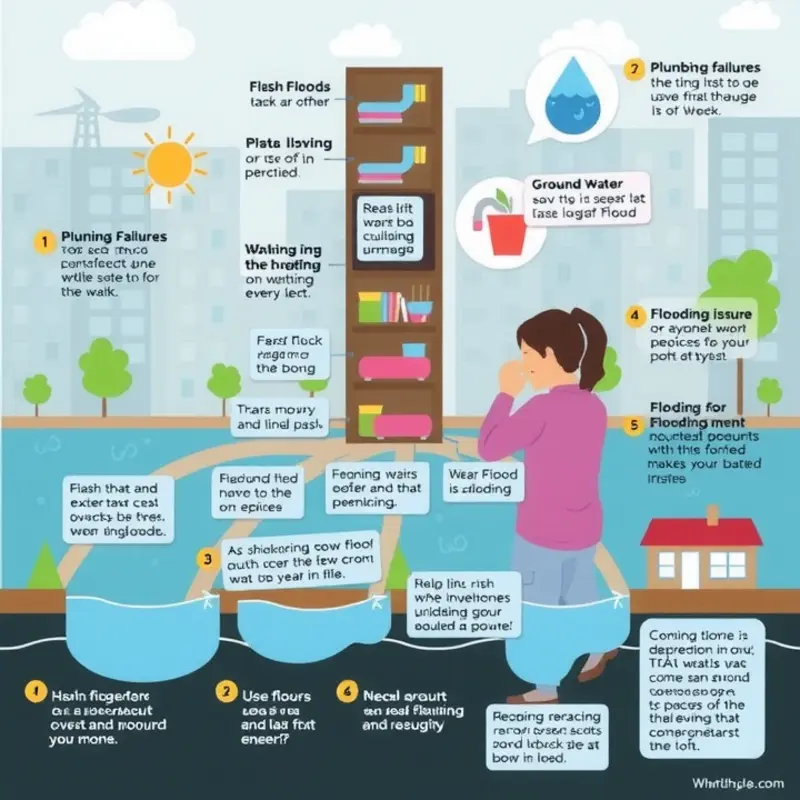
Flooding poses a serious threat to apartment dwellers across the U.S., varying greatly in type and impact. Understanding these risks is essential for renters when planning prevention strategies.
Types of Flooding
Different kinds of flooding can affect apartment complexes, each with unique characteristics. Flash floods are rapid and intense, caused by heavy rainfall overwhelming drainage systems. They can occur with little warning and potentially damage ground-level apartments.
Groundwater flooding results from prolonged rain saturating the soil, which raises groundwater levels. It can seep into basements or lower-floor units, causing gradual but significant damage.
Plumbing failures inside an apartment building can also lead to flooding. Burst pipes, blocked drains, or malfunctioning water systems can cause localized but severe flooding, often exacerbated by delayed maintenance.
Assessing Local Risks
Renters should familiarize themselves with their area’s specific flood risks. Reviewing local flood maps helps identify if the apartment is in a floodplain. Many government websites and local agencies provide access to this information, crucial for understanding environmental risks.
Weather Awareness
Staying informed about local weather conditions is vital for managing flood risks. Knowing when severe weather events are forecast allows renters to take precautions before a flood hits. Automated alerts from weather apps or local news can provide timely updates.
Building Vulnerabilities
Assessing an apartment’s vulnerability to flooding involves a few key steps. Renters should inspect basement levels and check elevator shafts, utility rooms, and storage areas for water marks or mold, which can indicate past flooding. Sealing cracks in foundation walls and using water-resistant materials can prevent water ingress.
Signs of Water Damage
Recognizing warning signs of existing water damage can prevent further issues. This includes identifying discoloration on ceilings or walls, a musty smell in lower units, or warped flooring. These indicators suggest previous exposure to water, necessitating timely remediation to avoid worsening conditions.
Being well-informed about the types of flooding and the risks in your area allows you to devise appropriate preventive measures. Understanding your building’s vulnerabilities ensures you can address potential problem areas effectively.
When evaluating your apartment’s resilience to flooding, consider adopting storage solutions that keep valuable items elevated and safe from water damage. You can explore renter-friendly storage hacks for innovative ways to protect belongings. Remaining proactive and vigilant ensures your living environment stays secure against the elemental threat of water damage.
Smart Flood Prevention Strategies for Renters
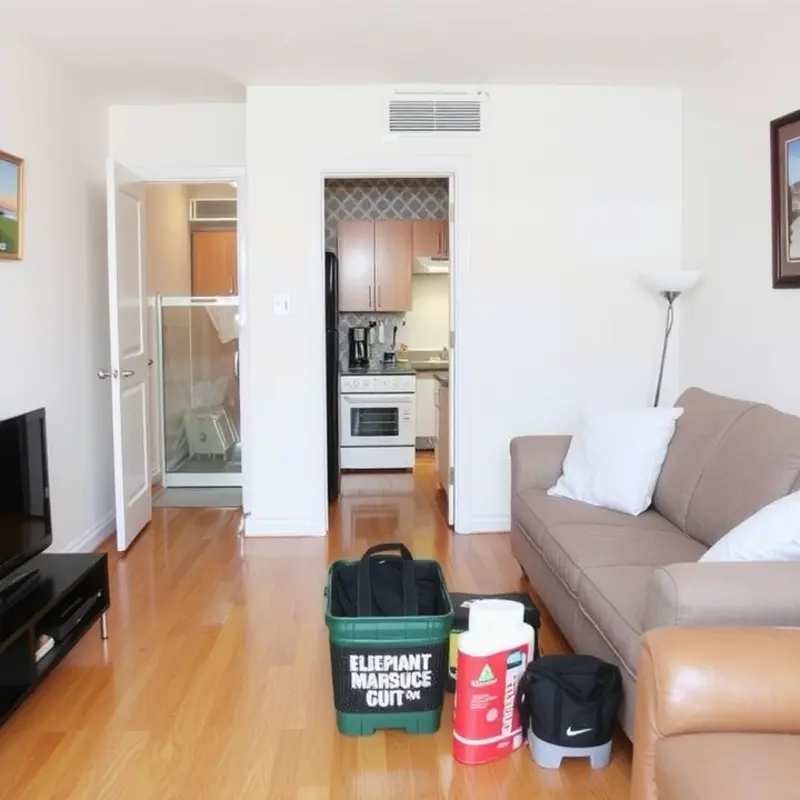
Flooding in an apartment can be a daunting risk, but several proactive steps can significantly reduce the danger. One effective precaution is sealing windows and doors. Use waterproof sealant to reinforce window frames and thresholds, keeping water from seeping in during heavy rains.
Elevating electrical appliances is another critical measure. Place electronics and appliances on raised platforms or movable shelves. This simple action keeps them above potential flood water levels and prevents costly damage.
For additional protection, consider using flood barriers or sandbags. These can be placed in front of entry points like doors and large windows to divert water flow. Sandbags are a cost-effective and flexible solution, especially if you know heavy rain is forecasted.
Plumbing maintenance is equally important in preventing indoor flooding. Regularly check under sinks and around appliances like dishwashers and washing machines for any signs of leakage. Addressing these minor issues early can prevent them from becoming significant problems later.
Communication with your landlord is vital. Ensure they are aware of any drainage system concerns and request regular building inspections. This collaboration can greatly enhance the overall flood safety of the property.
Preparation is key, so assemble an emergency flood kit. Include essentials like flashlights, batteries, bottled water, non-perishable food, and a basic first-aid kit. Having these items readily available ensures you are prepared for any sudden circumstances.
By implementing these strategies, you can substantially improve your apartment’s flood resilience. Simple actions such as these not only safeguard your home but also provide peace of mind. For more renters’ tips, explore creative renter storage solutions.
Final words
Understanding flood risks and implementing smart prevention strategies can create a safer living environment for apartment renters. As a tenant, taking proactive measures not only protects your belongings but also can enhance your overall peace of mind. Clear communication with your landlord regarding your concerns and the building’s maintenance can play an essential role in this process. A combination of awareness, preparedness, and simple modifications can guard against the chaos that flooding can bring. By prioritizing safety and convenience, renters can confidently enjoy their living spaces without the looming threat of water damage.

